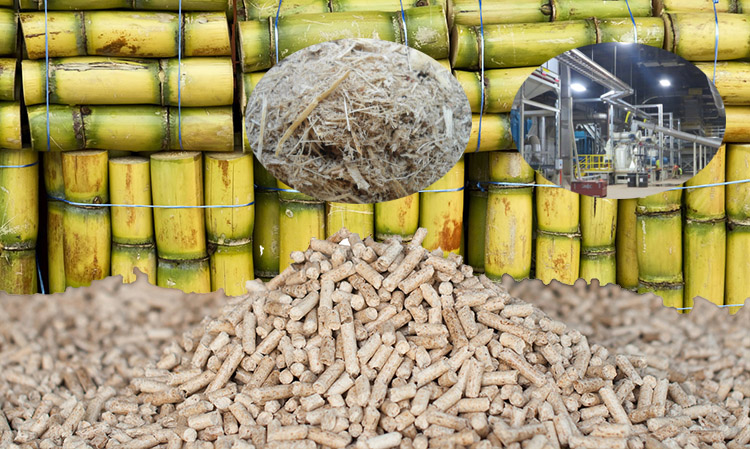
Why Choose Bagasse (Pith) As A Pellet Material?
Bagasse (pith) is the sugarcane fiber waste left in the sugarcane processing mills after the extraction process. Historically, there is already a developed secondary market for the sugarcane mills, the paper making industry. But there are also 30% myelocyte in the sugarcane bagasse waste, which we call it bagasse pith. The bagasse pith does not maintain the fiber morphology, which makes it easy to be crushed and causes really bad influences through the paper pulping process. Therefore, the paper plant is not a fan of bagasse materials with pith in it. They will remove the bagasse pith before paper pulping process, and also offer a extremely low price for the bagasse materials with pith.
But, is bagasse (pith) really useless? The answer is certainly no. Actually, bagasse (pith) is a good renewable biomass material for solid biomass pellet fuel production. Due to the chemical analysis of bagasse, some biomass researchers has firstly paid attention to utilize the bagasse (pith) material to produce soild pellet fuel.
Chemical contents of bagasse
| Cellulose | Hemicellulose | Lignin | Ash | Waxes |
| 45 – 55% | 20 – 25% | 18 – 24% | 1 – 4% | <1% |
Despite of the chemical content, there are also other advantages for choosing bagasse (pith) as a raw material for pellet. First, there is an abundant quantity of bagasse wastes in the world. Sugarcane is a popular economic crop used to produce sugar. For each sugar manufacturer, there are millions of tons of bagasse has been left during the sugar production process. It is an existing source for large scale pellet production. Secondly, bagasse materials have a high energy content and better burn quality. Sugarcane bagasse has been used as a primary fuel in sugar mills for such a long time. The CO2 emission is less than the CO2 the sugarcane absorbed during its growing phrase. Moreover, bagasse is an agricultural waste that we have to do some further processes to avoid its bad influence to the food chain. In other words, if we left the bagasse to rot on the field, it will release greenhouse gases. So with the pellet machine, we are not just makes the bagasse material became commercial fuel product, but also helped to protect the environment.
Suitable Regions for Bagasse (Pith) Pellet Plant
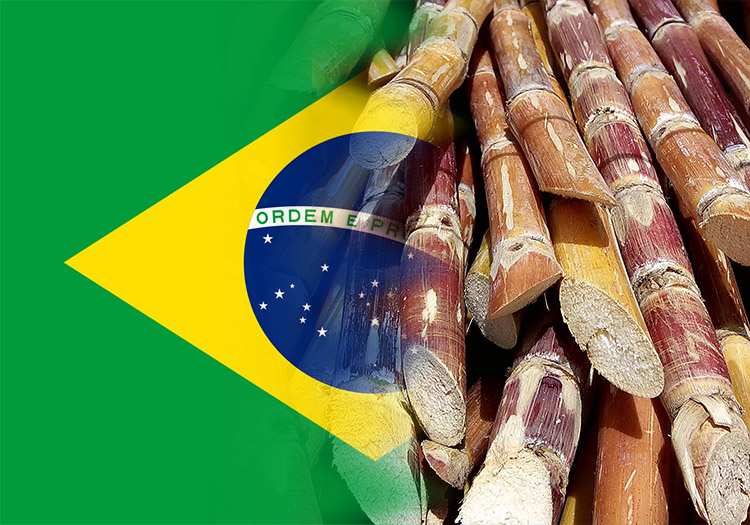
Although, there are abundant quantity of bagasse waste in the world, that doesn’t mean that we can invest a bagasse (pith) pellet plant at any place we want. Sugarcane is a tropical and subtropical plant, therefore, the majority of sugar mills located at the sugarcane country of origin or at least nearby the sugarcane source. This is a traditional way to cut the transportation cost of the raw materials. So, for bagasse pellet plant investors, to establish the plant site nearby the sugar mills or sugarcane juice processing plant in the origin countries, is an efficient way to reduce the transportation fee of the bagasse material.
Brazil is the largest sugarcane producer in the world. Every year, the Brazilian sugarcane industry makes billions of money by making sweeteners, ethanol, alcohols by sugarcane. Therefore, even though the sugar mills burns the bagasse wastes for heating and electricity purpose, there are still millions of tons of bagasse wastes left in Brazil. But right now, pellet fuel is not so popular in Brazil, the majority of people in Brazil doesn’t realize the financial potential of making bagasse wastes into pellets. EU has a strong pellet demand, Brazil has abundant bagasse material source, which makes Brazil the perfect bagasse pellet manufacturers and exporter in the world. Moreover, we have to know that, with the global environment concern, biomass pellets will become a hot substitute of fossil fuel worldwide sooner or later. Right now, the Brazil bagasse pellet plants hasn’t taken shape, but some top pellet plant companies have set up their Brazil bagasse pellet plant business plans already.
Despite of Brazil, there are also some other large sugarcane origins in the world which can also explore bagasse pellet plants. The potential bagasse pellet plant origins are: India, Hainan Province in China, Cuba, Thailand, Mexico, Australia, America, Indonesia, South Africa, etc.
Bagasse (Pith) Pellet Plant Work Flow
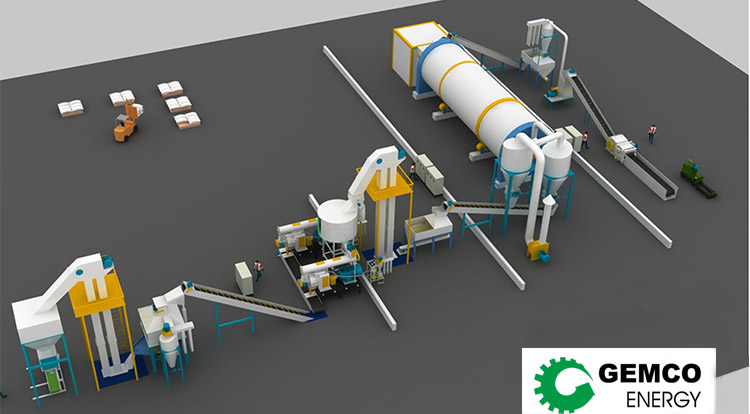
To establish a bagasse pellet plant, we must locate the necessary equipment for pelletizing. Sugarcane bagasse has some unique characters which make its pre-treatment process of pelletizing different from the woody materials’ pre-treatment process.
| Equipment | Bagasse Pellet Plant Processes |
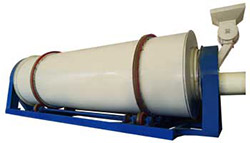 |
Drying process: unlike the wood shavings, bagasse has a high moisture content, about 40% – 50%, it is too high for pelletizing process, therefore, the pellet rotary dryer is a necessary equipment in bagasse pellet plant. |
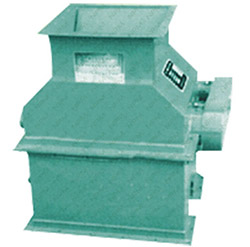 |
Sieving process: during the sugarcane extraction process and the transportation of bagasse, it is easy for the bagasse to be mixed with contaminants, such as metal particles, stones. So in bagasse pellet plants, sieving is a necessary process for all kinds of pelletizing materials. |
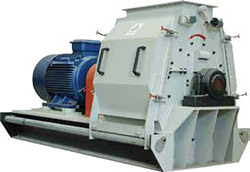 |
Grinding process: bagasse material has a smaller size and lower rigidity compare to the wood materials. But as we all know, the material size must be under 5mm before the pelletizing process. So we must use the hammer mill to grind the bagasse into required particles before pelletizing. |
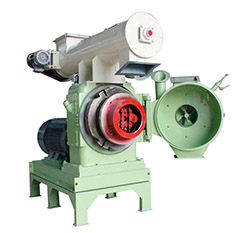 |
Pelletizing process: ring die pellet mill is the core equipment in pellet plants. It is the machine which mould the materials into regular pellet products. After the former pretreatment processes, the bagasse materials can be feed into the ring die pellet mill directly. Normally, each ring die pellet mill can produce 2-3 tons bagasse pellet per hour. If you need a larger capacity of your bagasse pellet plant, it must need to connect several ring die pellet mills together. |
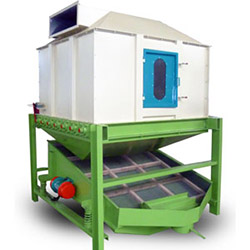 |
Cooling process: the cooling process is also a necessary process for all kinds of pellet plants. After the pelletizing process, the bagasse materials has been molded into regular bagasse pellet, but with such a high temperature. Which means, it is very easy to be deformed. Use the pellet cooler can help reduce the bagasse pellet temperature and regain its rigidity. |
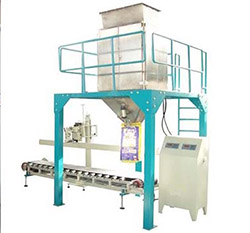 |
Packing process: No matter you bagasse pellet is for local residential heating purpose or industrial power generation, the bagasse pellet has to have a proper package. Gemco offers two types of packing machine for bagasse pellet plants, the bulk packing system and the commercial bag packing system. |
